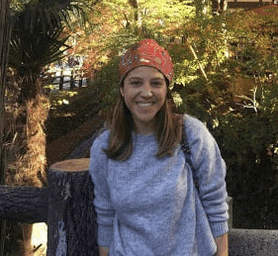Confidential phase where both parties exchangedviews and set up the conditions for the peace talks.
July 2011
Both parties (Colombian government & FARC - EP) agreed to do exploratory meetings in Havana, Cuba.
August 2012
The FARC and the Colombian government signed the “General Agreement to end the Conflict and Build a Stable and Lasting Peace”, laying down the framework for the peace talks.


